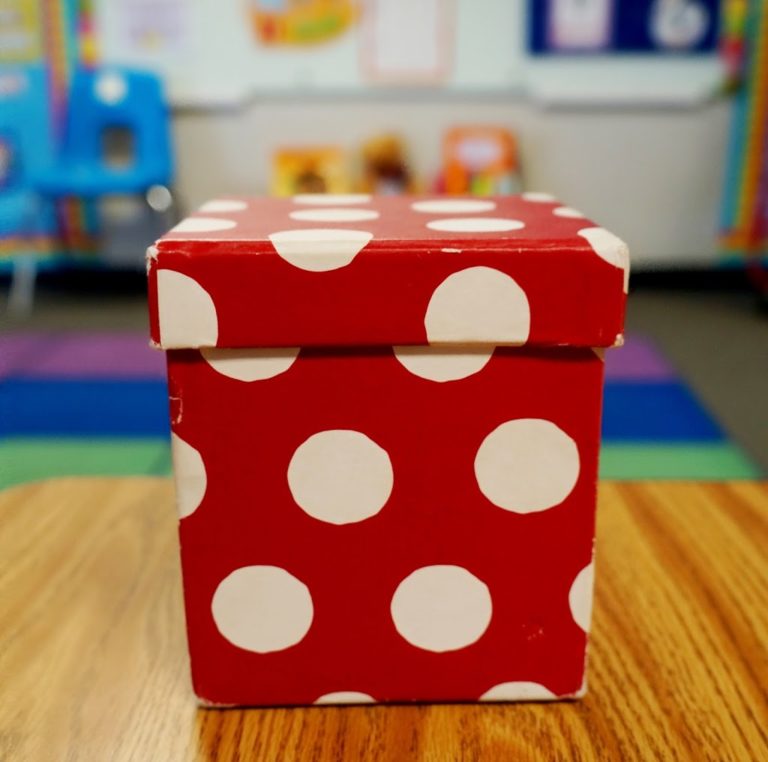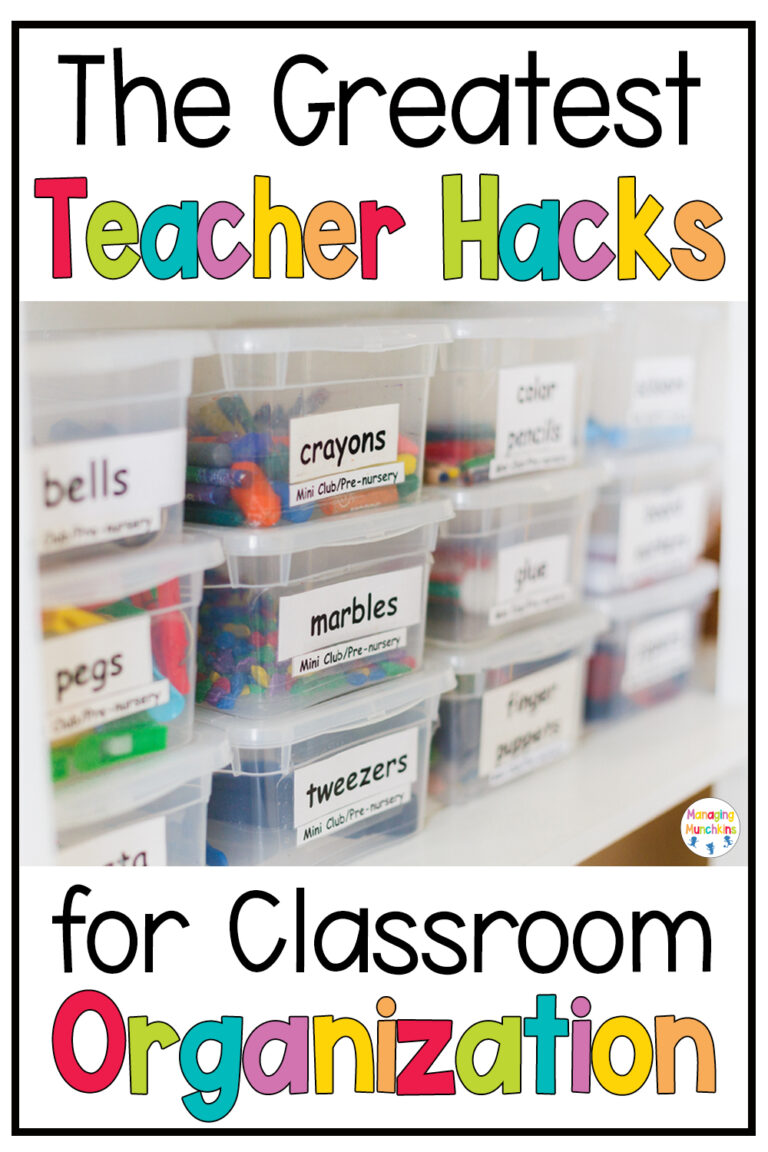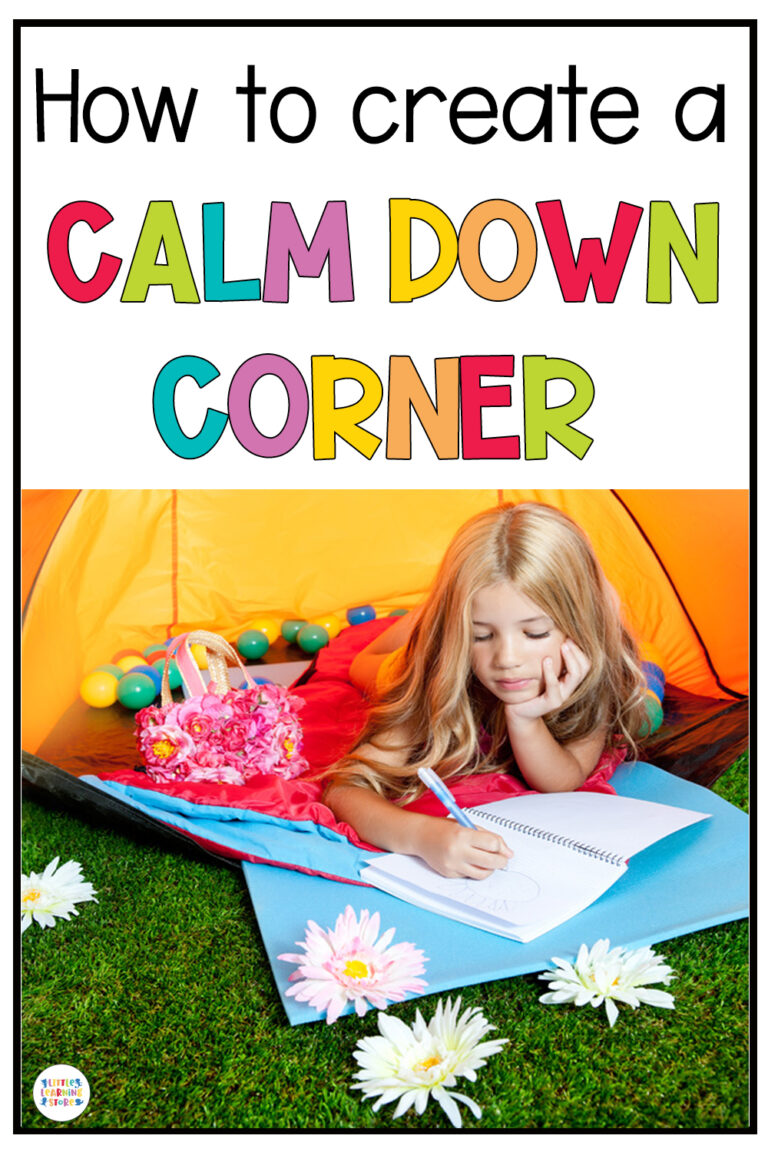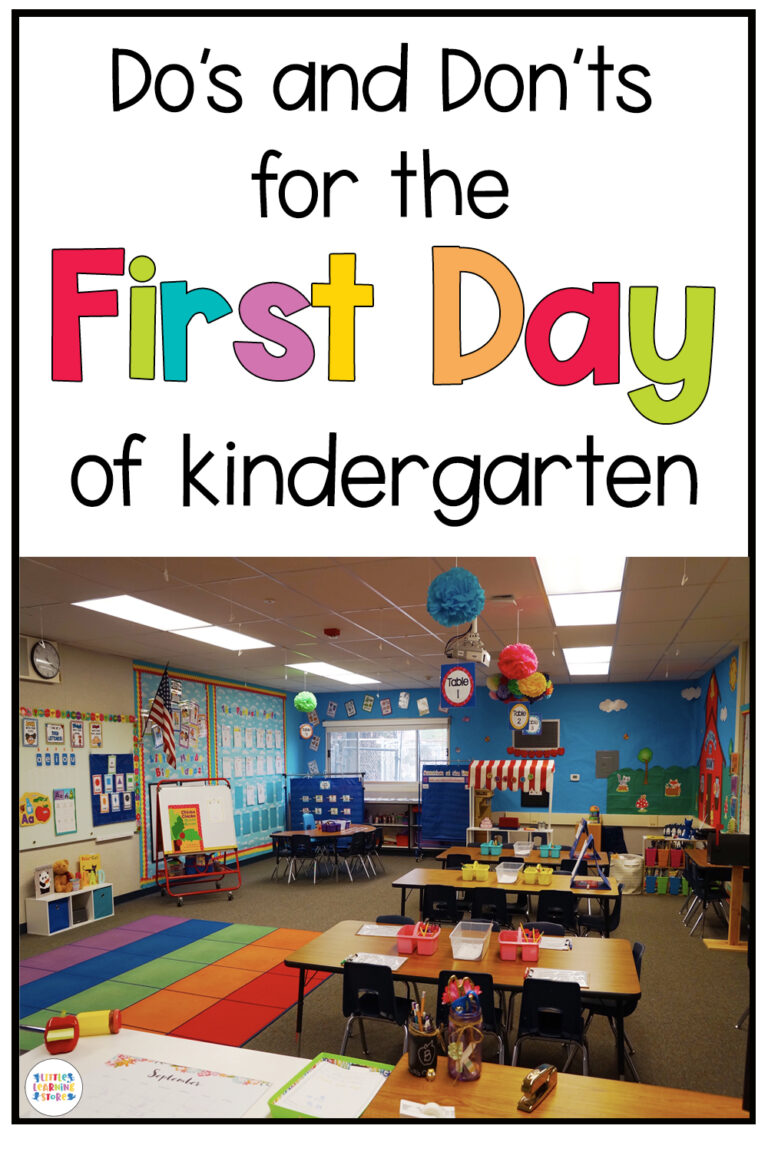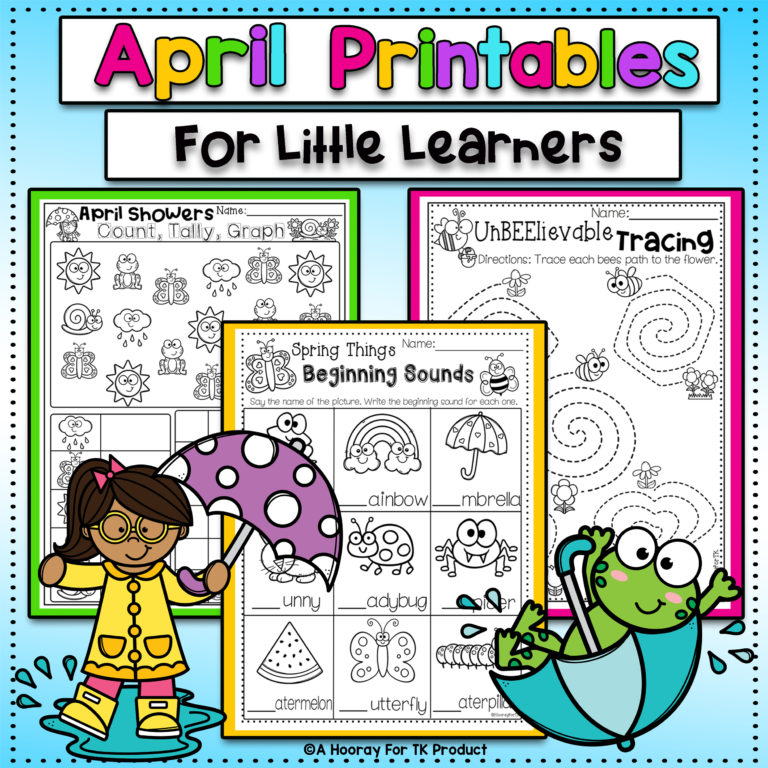3 Simple Strategies for Students who Constantly Blurt Out
In managing a classroom, students blurting out are par for the course, especially in kindergarten settings. Young children are still mastering their self-control, soaking up information like sponges, and eager to share whatever comes to mind. While this enthusiasm is wonderful, it’s crucial to guide them gently.

Remind Students of the Rules
Picture this: during storytime, a student suddenly interjects with personal anecdotes, triggering a chain reaction of chatter. It’s akin to the classic “If You Give a Mouse a Cookie” scenario. In these moments, it’s vital to remind students of classroom rules, such as raising hands to speak.
Try a Whole Group Lesson on Blurting Out
Yet, it’s easy to inadvertently reinforce interrupting behavior by engaging with those who blurt out. Instead, focus on rewarding those who patiently wait their turn. Consider incorporating lessons or stories about interrupting, fostering a collective understanding of self-control. Stories like “My Mouth is a Volcano” and “Interrupting Chicken” are great places to start.
Try “Think, Pair, Share” and the “Pocket Story” Strategy
If interruptions persist, explore alternative methods for expression. For instance, pair sharing allows students to briefly discuss topics with a partner, fostering engagement without monopolizing the group’s time. Alternatively, encourage students to hold onto their stories for later discussion, by “putting their story in their pocket for safe keeping” reinforcing the notion that their thoughts are valued, even if not immediately addressed.
Navigating interruptions also involves maintaining a balance between addressing students’ needs and managing classroom dynamics. While it can be challenging to keep track of every student’s contribution, the effort to create a supportive environment where every voice is heard is invaluable.
Wrap Up: Simple Strategies for Students who Constantly Blurt Out
Ultimately, teaching is about building connections. By validating students’ experiences and perspectives, educators can cultivate a positive classroom community where learning thrives. So, in the whirlwind of interruptions, remember the ultimate goal: to foster a space where every child feels valued and empowered to share.
In conclusion, interruptions are a natural part of kindergarten classrooms, but with patience, guidance, and creative strategies, educators can effectively manage them while nurturing meaningful engagement. If you found these insights helpful, don’t forget to like and subscribe for more tips on creating a vibrant learning environment. Until next time, happy teaching!

